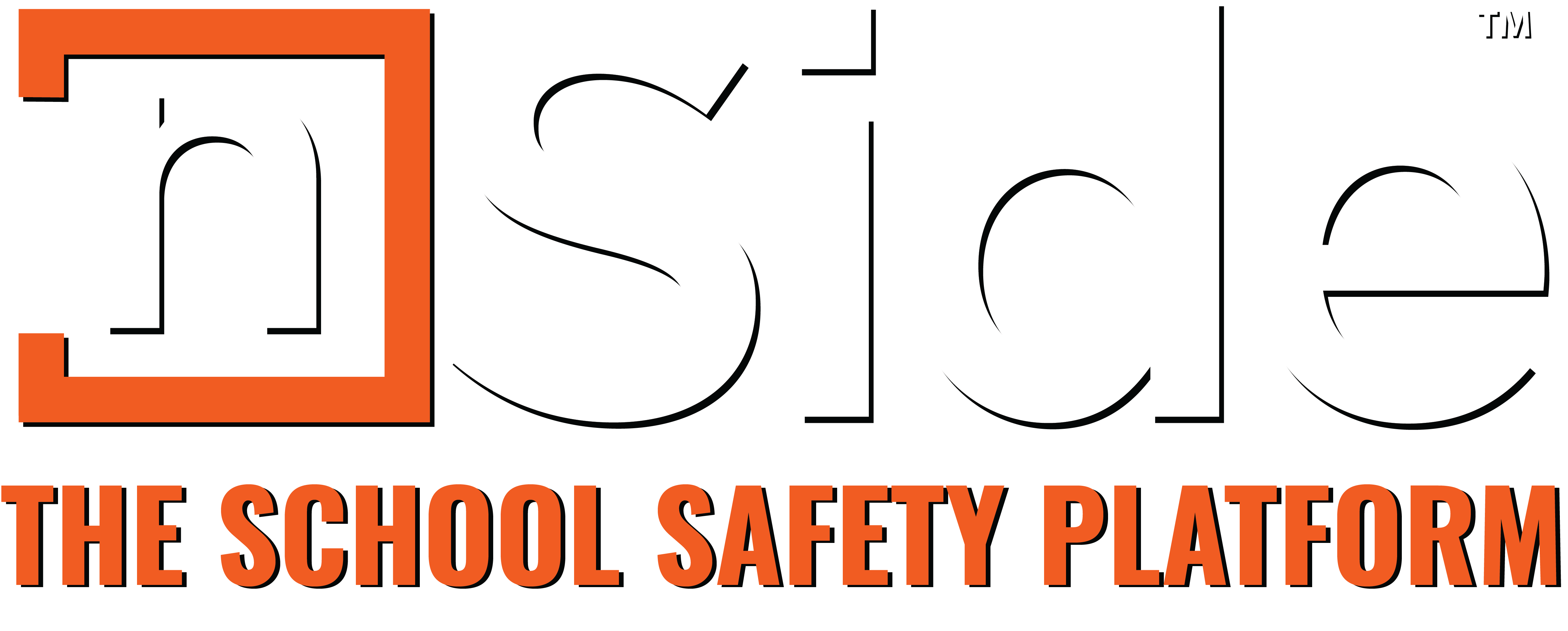In 4 out of 5 school shootings, at least one other person knew about the shooter’s plans but failed to report it.* That statistic is staggering, and it begs the question: Why are we not reporting suspicious activity?
One issue is that those who know these plans are often children, and they are simply scared to come forward. This is understandable, as the burden of this knowledge can be too unimaginable or too heavy for an innocent child. Another issue is that we often miss the signs associated with potential violence, so when a child comes forward with information, the seeming absurdity of the information gets brushed aside.
In the aftermath of an event as violent as a school shooting, we are left stunned, heartbroken, and shaking our heads with the weight of our own feeling of helplessness. In our desperation, we spend a lot of our energy pointing the finger of blame, trying to find ground under our feet in the midst of a scary situation that, in truth, could happen to any of us.
One of the biggest mistakes we can make in the aftermath of a school shooting or other violent event is to assume that this is a school problem, and that we are outside the realm of control. However, few of us are truly isolated from our local schools and the communities that surround them. We all share a connection and a responsibility to look for signs of trouble.
In 4 out of 5 cases, someone knew.
So how do we make sure that we are recognizing the signs, and how do we make sure that children feel comfortable enough to report what they know?
- KNOW THE SIGNS
One of the first things we can do is make sure that we recognize the signs of potential violence. In the aftermath of the shooting at Sandy Hook Elementary School in 2012, a group of parents and relatives of the victims created a nonprofit called Sandy Hook Promise, whose goal is to educate children and community members about the signs of violence and prevent future events like the one that took their children’s lives. Through extensive research, they discovered the following signs of potential violence:
- Sudden withdrawal from family and friends
- Bullying; especially if targeted toward a particular race, gender, etc.
- Excessive irritability or anger
- Chronic loneliness or social isolation
- Expressing persistent thoughts of harming themselves or others
- Bragging about access to guns or weapons
- Making direct threats toward a place, themselves, or other person
- Recruiting accomplices or audiences for an attack
- Directly expressing a threat as a plan
- KNOW HOW TO REPORT
Once we know the signs, the next question is: What do we do with this information? The answer will vary depending on where you are and what is available in your community. One thing is clear, however: If this is an immediate concern or emergency situation, do not wait; Call 911.
For other situations, most schools or districts have a reporting system in place where you can fill out relevant information and it will be directed toward the appropriate party. Check your district’s website to see where to report or simply call the school so that they can direct you to the appropriate place. If your school has the nSide platform, you can also report via our TIPS page at tips.nside.io.
- LISTEN AND ACT
We know to act when we witness problematic behavior ourselves, but a lot of times, children are the ones who witness red flags in their peers. Sometimes children have a hard time processing what they know, and they do not report for a variety of reasons. One reason they don’t report is fear of retaliation or fear of being labeled a tattler or a snitch.
One way to combat this fear is by making sure we maintain an environment of trust in our classrooms, our schools, and even our households. Having honest, open conversations about hard topics can help students feel more comfortable coming forward later when they learn something troubling.
Another way to help students feel more comfortable reporting is to create or promote an existing anonymous reporting system. Reporting can actually put a child at risk, so having the option to report anonymously is extremely important.
Regardless of how students choose to report, the most important thing for adults to know is how to respond when we have that information. Understand and respect the fact that the student took a big risk in reporting and make every effort to act right away. It is vital not to waste time doubting or downplaying the situation. Every report must be taken seriously.
CONCLUSION
Expecting children to report what they know without guidance is a dangerous and all too common mistake to make. We must build trust with students by opening communication, allowing them to remain anonymous and, perhaps most importantly, taking them seriously when they do come forward.
One tool that can make reporting easier is nSide’s Tips page. Anyone using our platform can go to nside.io and click on Submit a Tip or go directly to tips.nside.io. For more information or for help getting started with Tips, please email us at help@nside.io.



